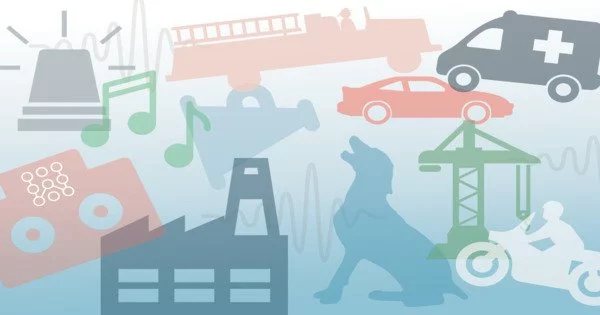Environmental noise is the accumulation of noise pollution that occurs outside. This noise can be caused by transportation, industrial, and recreational activities. The presence of unwanted or excessive sounds in the environment is referred to as environmental noise. It is typically produced by a variety of human activities as well as natural sources. Traffic, construction sites, industrial operations, airports, trains, loud music, and social events are all common sources of environmental noise.
Noise is frequently described as “unwanted sound.” Within this context, environmental noise is generally present in some form in all areas of human, animal, or environmental activity. The effects of environmental noise on humans can range from emotional to physiological to psychological. Low-level noise is not always dangerous. Environmental noise can also convey a sense of activity in an area, which can be desirable. Noise pollution can cause interference with speech or other ‘desired’ sounds, annoyance, sleep disturbance, anxiety, hearing damage, and stress-related cardiovascular health problems.
Excessive or prolonged exposure to environmental noise can be hazardous to one’s health and well-being. It can cause physical and psychological problems such as stress, sleep disturbances, hearing loss, cardiovascular problems, and cognitive impairment. Furthermore, environmental noise can interfere with concentration, disrupt communication, and reduce overall quality of life.
As a result, many governments and institutions around the world study, regulate, and monitor environmental noise. This results in a variety of occupations. The objective and accurate measurement of noise serves as the foundation for all decisions. A pattern-approved sound level meter is used to measure noise in decibels (dB). The measurements are usually taken over several weeks and in all weather conditions.
Several measures can be taken to reduce the impact of environmental noise. These include the implementation of noise control regulations and guidelines, the design of buildings with sound insulation features, the use of noise barriers along highways and construction sites, and the promotion of quieter technologies and equipment. Individuals can also take personal steps to reduce their exposure to excessive noise, such as using earplugs or noise-canceling headphones.
















